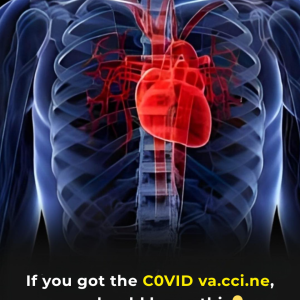Monitoring blood sugar levels becomes increasingly important as we age, and recognizing the symptoms of high blood sugar (hyperglycemia) is vital for maintaining health. If left unchecked, high blood sugar levels can lead to serious complications. Below, we’ll explore the causes, symptoms, and dietary considerations for managing blood sugar effectively, ensuring accuracy and safe practices.
Understanding Hyperglycemia

Hyperglycemia occurs when the body either doesn’t produce enough insulin or cannot use insulin effectively. Insulin is the hormone responsible for helping glucose enter cells to be used as energy. Without proper insulin function, glucose remains in the bloodstream, leading to elevated blood sugar levels. Persistent hyperglycemia can damage vital organs, including the kidneys, nerves, blood vessels, and eyes.
Causes of High Blood Sugar
High blood sugar can result from several factors, including:
- A lack of physical activity
- Stress or illness (e.g., infections or colds)
- Dehydration
- Consuming large amounts of sugary or carbohydrate-heavy foods
- Side effects of medications like steroids
However, it’s essential to note that temporary increases in blood sugar levels do not always indicate diabetes. Consulting a healthcare professional is key to determining the cause.
Recognizing Symptoms
Symptoms of high blood sugar may include:
- Increased thirst and dry mouth
- Frequent urination, especially at night
- Fatigue or difficulty concentrating
- Slow-healing wounds and recurrent infections
- Blurred vision
- Tingling or numbness in extremities
- Digestive discomfort
If you notice these symptoms, it’s important to monitor your blood sugar levels and seek medical advice.
Monitoring Blood Sugar Levels

The glycemic index (GI) is a scale that measures how quickly foods raise blood sugar levels. Incorporating low-GI foods into your diet can help maintain stable blood sugar levels. Here’s a breakdown of foods based on their GI:
Low-GI Foods (0-55)
These foods cause a slower rise in blood sugar and are safe to consume in moderation:
- Non-starchy vegetables (e.g., broccoli, carrots)
- Whole fruits (e.g., apples, cherries, oranges)
- Whole grains (e.g., oats, brown rice)
- Legumes (e.g., lentils, chickpeas)
- Dairy products (e.g., unsweetened yogurt)
Moderate-GI Foods (56-69)
Consume these foods in moderation:
- Sweet potatoes
- Whole-grain bread
- Some tropical fruits like bananas and pineapples
High-GI Foods (70+)
Limit high-GI foods, as they can cause rapid spikes in blood sugar:
- Sugary snacks (e.g., donuts, candy)
- Refined grains (e.g., white bread, white rice)
- Certain processed cereals
Key Recommendations
- Focus on whole, nutrient-dense foods to avoid sudden blood sugar spikes.
- Stay hydrated, as dehydration can worsen hyperglycemia.
- Exercise regularly, as physical activity helps regulate blood sugar.
- Monitor portion sizes and avoid overeating high-GI foods.
Conclusion
Recognizing and managing high blood sugar levels is crucial for maintaining long-term health. While dietary changes play a significant role, regular monitoring and professional medical advice are essential for preventing complications. If you experience any symptoms of hyperglycemia, consult a healthcare provider promptly. Remember, small lifestyle adjustments can lead to significant improvements in your overall well-being.
By staying informed and proactive, you can take meaningful steps to safeguard your health.




